Measuring cargo volume: Hyundai Staria Load VS Toyota Hiace van comparison
How do they actually measure cargo volumes? The boot space, the ute tray, the volume in the van. Are manufacturer claims trustworthy?
It’s the ultimate cargo volume comparison. How do the two biggest vehicles for payload capacity compare when it comes to outright cargo volume?
Let’s figure out which van carries the most stuff - and we’ll find out how Toyota is misrepresenting the new Hiace’s cargo volume. They really do make it a misleading operation, trying to compare cubic metres on the inside.
This report arises as a consequence of responses from the audience, in the comments, regarding my recent 2022 Hyundai Staria Load van review & buyer’s guide >>
It seems some viewers can still read the spec sheets on Hiace and Staria Load, but seemingly don’t have access to a calculator, or the will to use it.
It’s okay, I’m here to help - if your business is shopping for a new van right now. I’ll help you figure out which one wins the volume war.
Here’s the first of many questions on this issue:
But it needs to be said, Toyota is obviously bullshitting about the cargo volume of the low-roof Hiace van. And by that I mean they’re selectively misrepresenting the volume to make the vehicle seem better than the competition, when in fact it’s not.
Competition, in case you’re wondering what else to shop for in this category, includes the Mitsubishi Express and Renault Trafic, Ford Transit Custom, Volkswagen Transporter, and of course, Staria Load. Which van is the best for your business? Click here >>
Here’s another almost-technical question regarding Hiace cargo versus Staria Load:
Actually, Greg, I thought it was one of the better ones. Especially the bit where I described the Staria Load’s external aesthetics as “ridiculous”, and the marketing material as missing the target audience completely. Would’ve been better just putting a half-dozen footballers or NBA all-stars in it; would’ve been a far more effective consumer message. And a cheaper one.
Anyway, this is also how you can rest assured Hyundai’s not giving me anything under the table - which is a common, but unfounded, accusation in the comments. It’s just not like that. Unlike most motoring journalists.
My AutoExpert AFFORDABLE ROADSIDE ASSISTANCE PACKAGE
If you’re sick of paying through the neck for roadside assistance I’ve teamed up with 24/7 to offer AutoExpert readers nationwide roadside assistance from just $69 annually, plus there’s NO JOINING FEE
Full details here >>
AutoExpert DISCOUNT OLIGHT TORCHES
These flashlights are awesome. I carry the Olight Warrior Mini 2 every day - it’s tiny, robust, and super useful in the field or in the workshop. Olight is a terrific supporter of AutoExpert.
Use the code AEJC to get a 12% discount >>
COUNTING BLOCKS
In my view, Greg and Michael’s comments indicate they haven’t studied volume calculating, or at least don’t remember how to do it from year eight mathematics. This is a valuable skill.
So, Toyota details the loadspace in the Hiace in this technical PDF >>. Grab a calculator for this and independently verify everything, where possible, in this report.
Let’s start with a simple volumetric idea, which even Greg or Michael might understand: A box cannot be bigger inside than the number you get when you multiply the length, width and height. It just can’t - it’s physically impossible.
Toyota’s Hiace spec sheet doesn’t tell you how wide the side sliding door aperture is. Hyundai does.
So, Toyota says the Hiace cargo volume is 6.2 cubic metres. You can see this when you read the spec sheet PDF.
However, there’s a little footnote ‘number ‘3’ at the bottom which, when you search for that in the fine print, Toyota tells say, somewhat cryptically:
“Towing capacity subject to regulatory requirements, tow bar and vehicle design and towing equipment limitations. Ask your Dealer for Toyota Genuine tow bar capacity and availability details.”
Toyota Australia
Thanks very much, Toyota Australia, for getting the details right, again. None of the other 13 Toyota footnoted caveats appear to shed any light on cargo volume specifically.
Footnote number one is vaguely relevant in the context that Toyota shouldn’t be relied upon to get anything right, and we should bear that in mind:
So, regarding Toyota claims about its Hiace cargo box, it’s 2530mm long, by 1760mm wide and 1340mm high. Multiply it out, remember to divide by one million to get ‘litres’ as the unit.
Answer: 5966 litres, or 5.966 cubic metres. And we haven’t yet taken out the wheel arches and the radius along the edges and in the corners of the box. There has to be about 100 litres, just in wheel arches. So, we seem to be missing about 300 litres of internal cargo volume inside the box. Hold that thought.
Hyundai has the Staria Load van specs in this PDF >>. Length, width and height: 2607 x 1640 x 1436, divided by 1 million, equals 6140 litres, but what they claim is 4935 litres.
It specifically states “Cargo area - (VDA) 4935 litres”. Cargo area. Spare me. Obviously Hyundai is doing the same kind of footnote exercise as Toyota.
Staria Load’s side sliding door opens to 870mm wide.
Let’s understand what “VDA” means: Verband der Automobilindustrie, or ‘German Auto Industry Association’, essentially. This is the most common standard for measuring internal cargo volumes in vehicles.
Essentially, they use little blocks of anything, notionally wood, but who cares, it doesn’t matter. Each block is 100mm by 50mm and 200mm long, which equals one litre, per block.
And then they use computer software to jam as many blocks in as possible. They count how many fit, and that’s your cargo volume.
This helps create a somewhat ‘level playing field’ by way of accounting for internal curves and crossmembers and boot hinges and wheel arches, all of which impinge on the useful internal volume in a vehicle.
For example, Hyundai claims 395 litres of boot space for the current i30 hatch, and 381 litres for the i30 N hatch, and yet they use exactly the same body shell. The N has a tubular suspension brace in the boot, and thus 14 fewer VDA blocks fit inside.
Some US carmakers use a different standard - the SAE one - which uses smaller blocks and therefore usually achieves a higher number. And some manufacturers just claim the volume without attributing it to any standard.
Some of those manufacturers include Ford, Holden and Nissan, whereas Hyundai and Toyota both use the German standard. And plenty of motoring journalists fail to mention any of this, ever.
Just FYI, nobody actually uses physical blocks any more, because they’ve got the precise CAD data, and use an in-house software program to just figure out how many blocks would fit, hypothetically.
So what’s going on here with Toyota internal volume versus Hyundai?
MAKING A CHOICE
To Greg’s comment, I absolutely stand by the assessment of cargo space in Staria Load and Hiace being the same size within millimetres. Staria’s cargo space is 77 millimetres longer than Hiace, and 94 millimetres taller. Hiace’s is 120 wider - millimetres. Not centimetres, not inches. Realistically, how many parcels extra are you going to carry that are 12cm in length, width or height?
But the volume of the cargo box cannot be bigger than the box’s dimensions. It just can’t. And it’s not curvature, because the floor, sides, ends and roof are virtually flat in both cases.
It’s the cargo barrier in Staria Load. Hiace doesn’t have one standard, because Toyota is cheap, seemingly. So they’re cheating, in my assessment, by shifting the seats forward and even putting those VDA blocks between the seats, disingenuously, to inflate the cargo volume claim, so that dumb shits just look at the number and decide ‘bigger’ is ‘better’.
In order to get 6.2 cubic metres out of a Hiace, you need to fudge about 300 litres of volume - by jamming the seats as far forward as they go, and by stacking the chainsaws (or whatever) right to the ceiling between the driver and passenger. Crunch the numbers for yourself. It’s the only way this is achievable.
Staria Load is 200kg lighter than Hiace. Payloads: 1095kg (Hiace) / 1018kg (Staria Load), difference: 77kg.
To put it another way: You can’t put 6.2 cubic metres of boxes in the back of a Hiace - with all the boxes behind the seats, and the seats in a reasonable position for median human occupants. You can try it, if you like. But you’re going to struggle if you fit a cargo barrier.
For the actual cargo space of a Hiace, if you’re like every other van owner, you fit a cargo barrier and stack lots of stuff in the back ‘space’ - it is actually about 150 litres less than a Staria Load. It’s very close - too close to call.
What’s probably more significant is how it’s different - the Toyota is wider; the Hyundai is longer and taller. So I guess it depends what you carry and where.
If you’re thinking of opening a Jim’s franchise, it probably doesn’t matter.








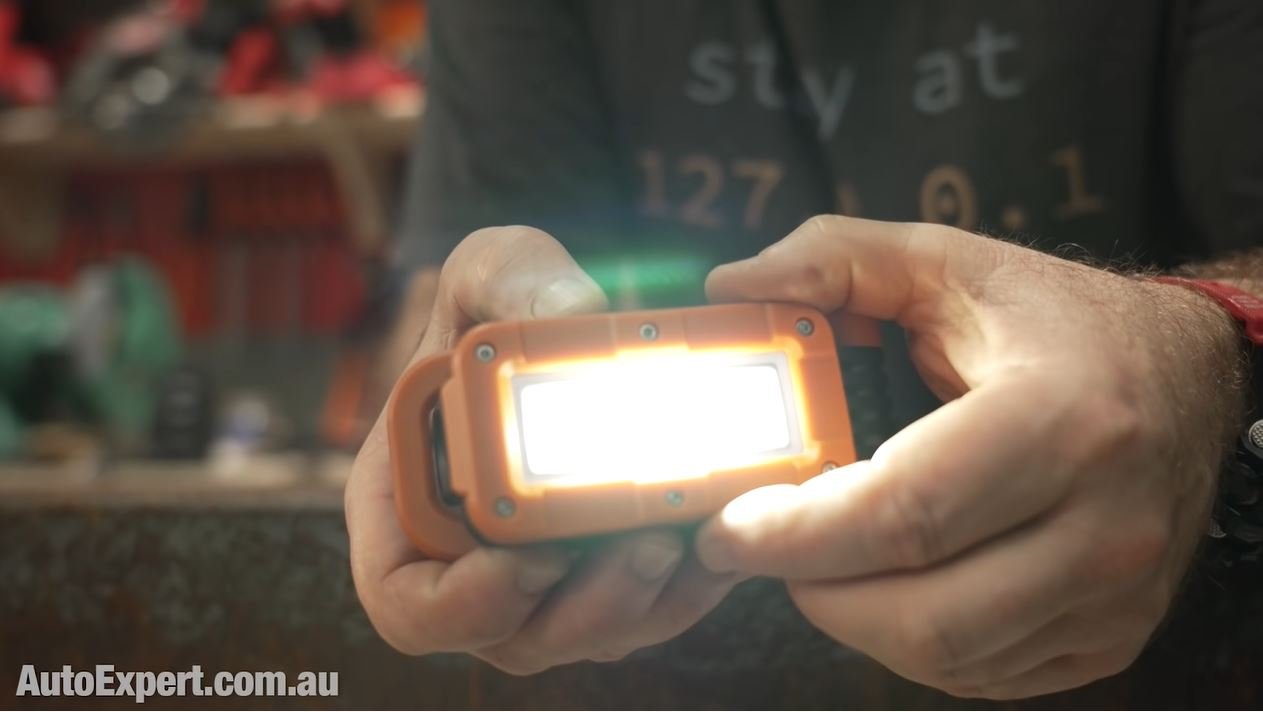

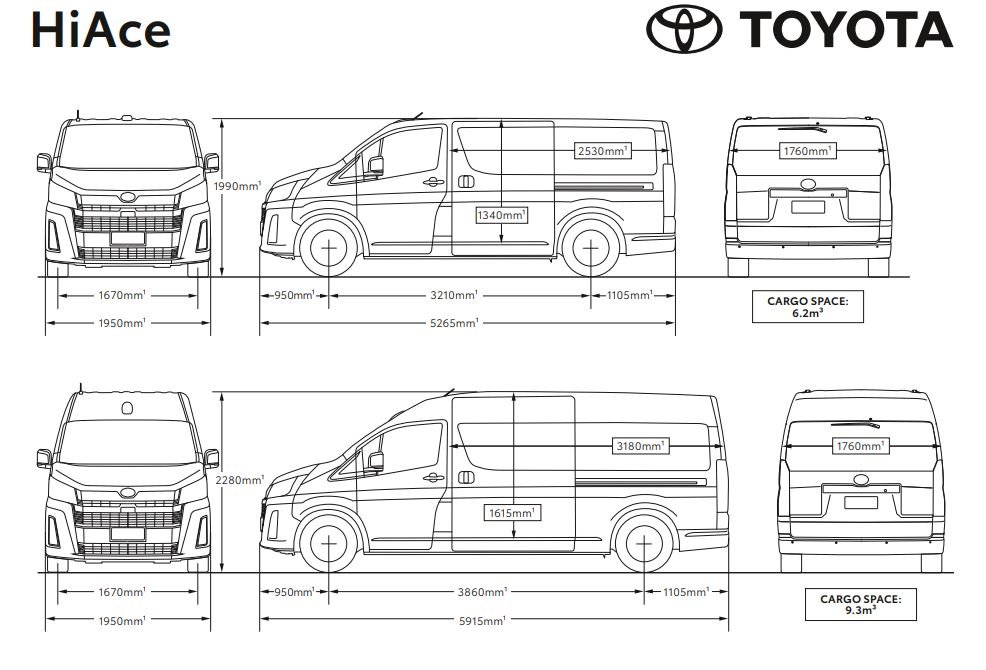

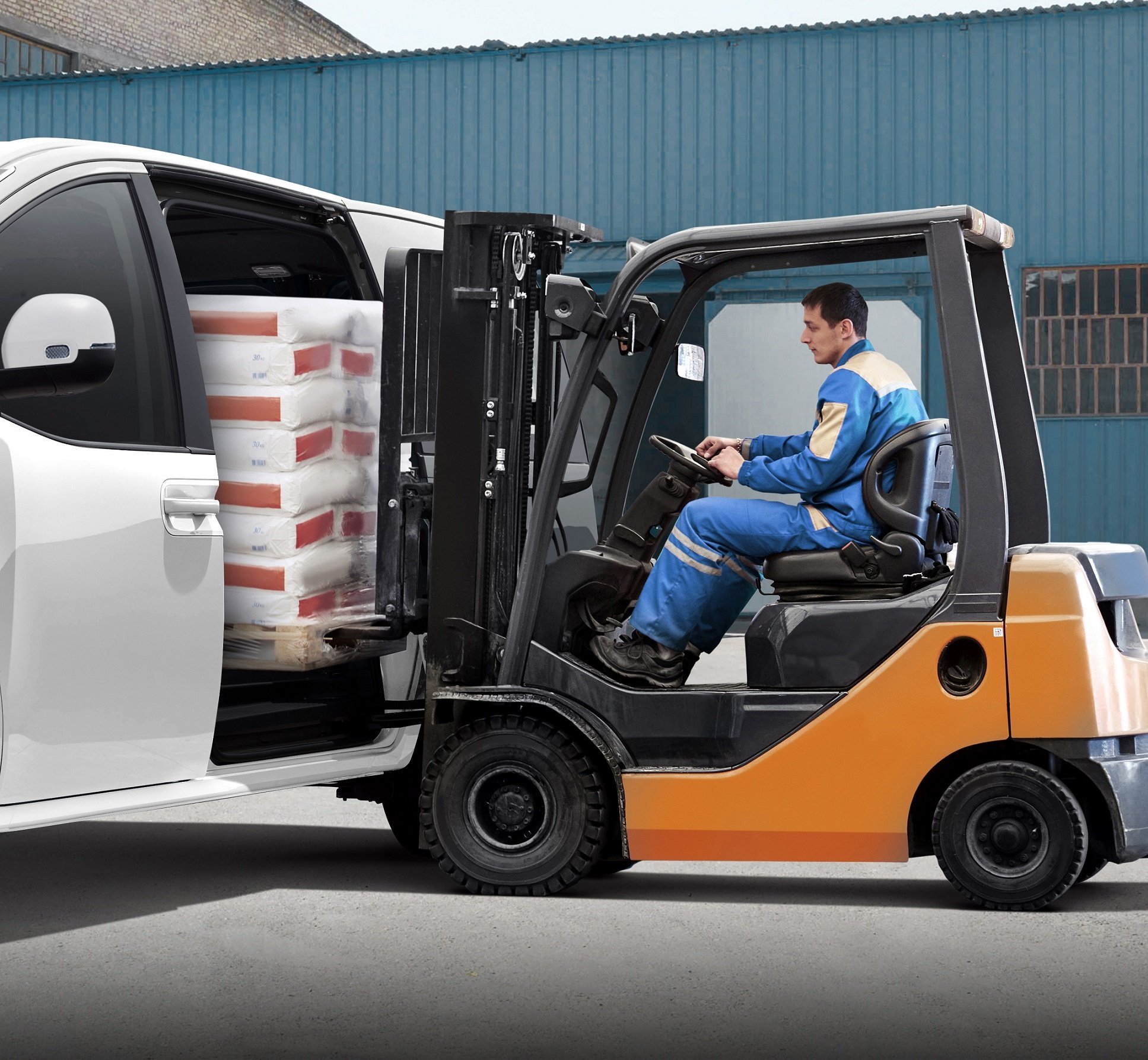


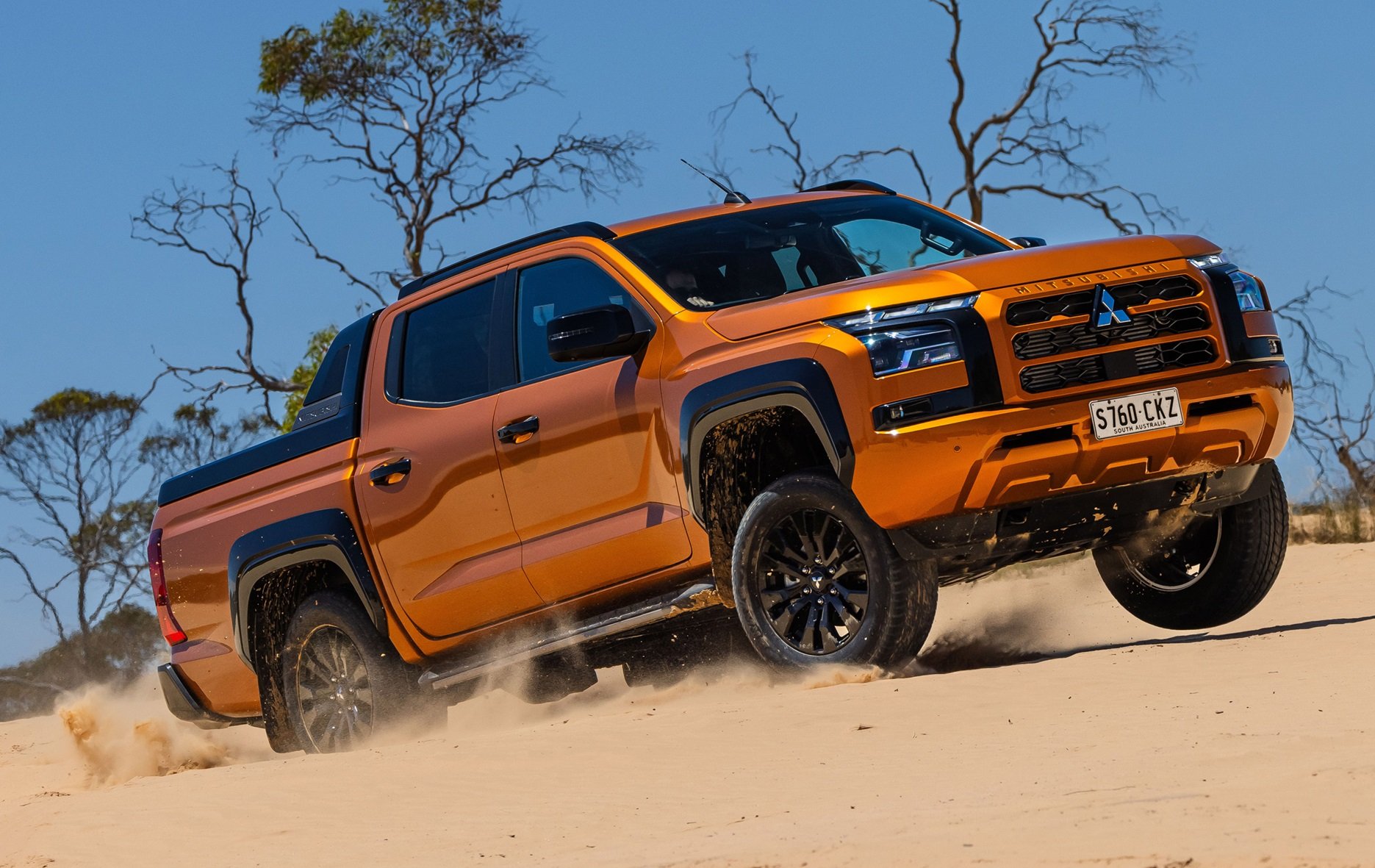





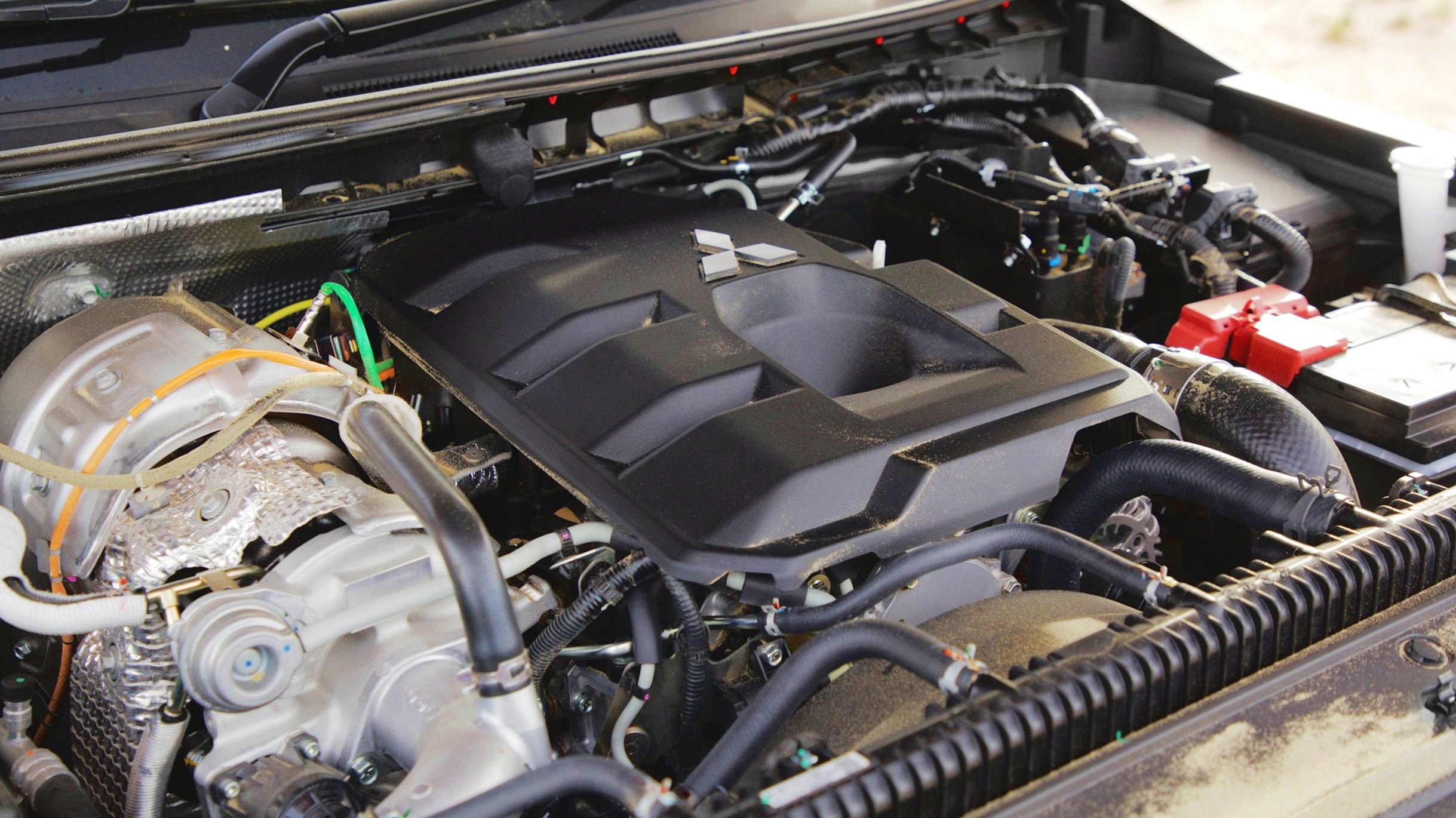

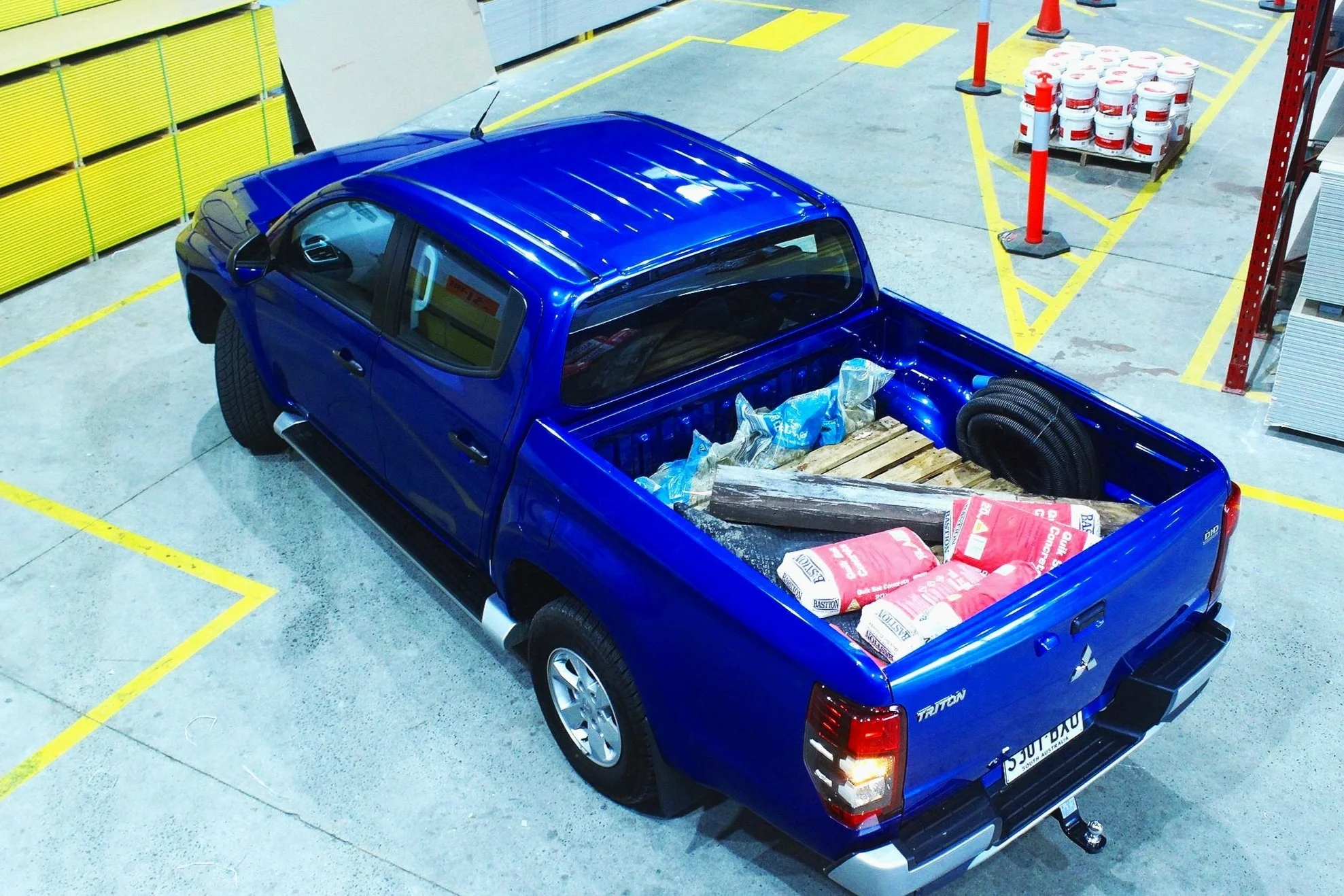

The Nissan Patrol is a proven, rugged 4X4 wagon with pedigree, seven seats and a grunty, reliable engine. Buying a V8 Patrol will save you more than 20 grand compared with a LandCruiser.